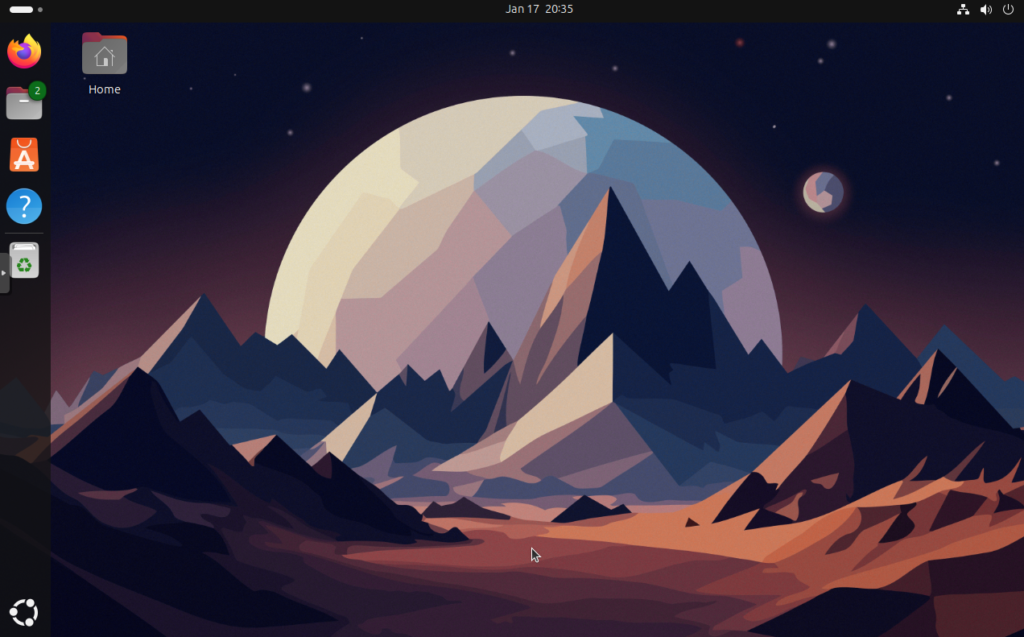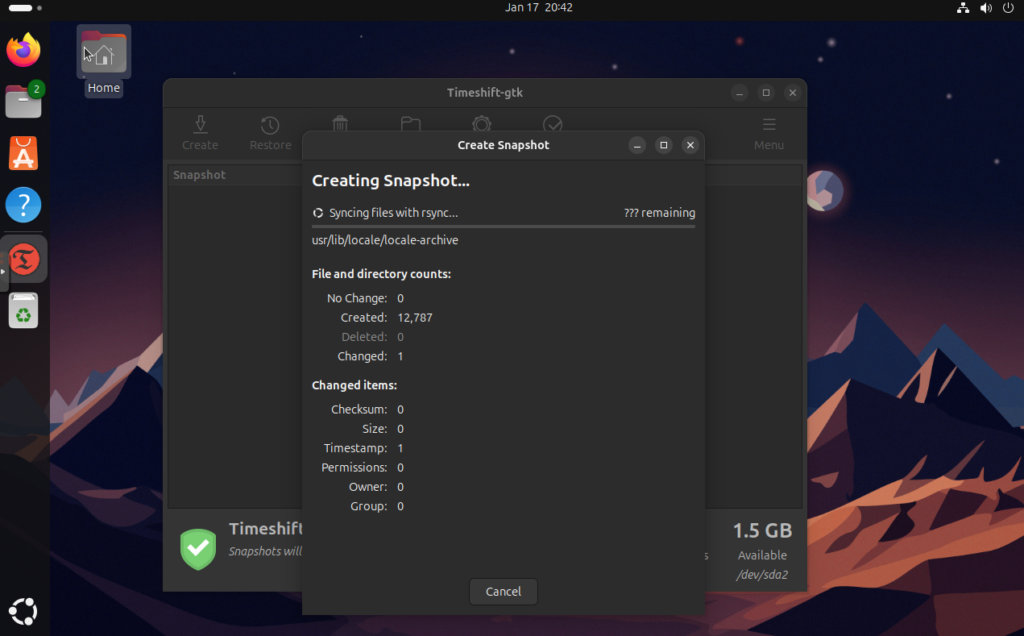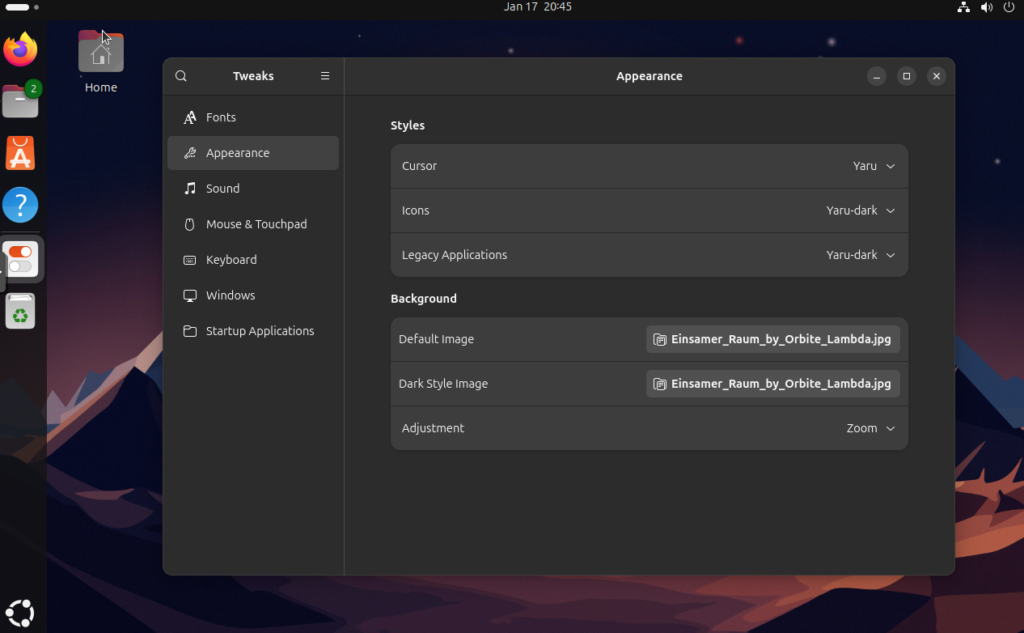
Welcome to Ubuntu 24.10! If you’ve just installed this amazing Linux distribution, congratulations—you’re off to a great start! Now, let’s take some simple steps to make your system ready for everyday use. This guide will help you set up your computer for better performance, security, and a smoother experience, even if you’re a beginner.
Ubuntu is a great Linux distribution. We can install it directly to a PC, VMware, VirtualBox, and also Proxmox as virtual machine. If you are new to Ubuntu or even new to Linux, Ubuntu could be a good choice to start your Linux journey.

1. Update Your System
Ubuntu 24.10 ships with the latest features, but it’s always a good idea to ensure everything is up-to-date. Run the following commands to update your system:
sudo apt update && sudo apt upgrade -y
This ensures you have the latest security patches and software updates installed.
2. Install Drivers
Proper hardware drivers are crucial for your system’s performance. To check for and install additional drivers:
- Open Software & Updates from the application menu.
- Go to the Additional Drivers tab.
- Follow the prompts to install proprietary drivers, such as NVIDIA or AMD graphics drivers, if recommended.
3. Enable Firewall
Ubuntu comes with a built-in firewall called UFW (Uncomplicated Firewall). Enable it to secure your system:
sudo ufw enable
To check its status:
sudo ufw status
You can allow specific services, such as SSH, using:
sudo ufw allow ssh
4. Install Essential Software
Depending on your needs, you may want to install additional software. Here are some common recommendations:
- Web Browsers: Install Google Chrome or Firefox:
sudo apt install firefox - Office Suite: LibreOffice is pre-installed, but you can update it:
sudo apt install libreoffice - Media Codecs: Install codecs for audio and video playback:
sudo apt install ubuntu-restricted-extras - Version Control: Install Git for development:
sudo apt install git
5. Set Up Timeshift for Backups
Backups are essential to protect your data. Timeshift is an excellent tool for creating system snapshots:
sudo apt install timeshift
Set up a schedule to create regular snapshots and ensure you can restore your system if something goes wrong.

6. Customize the Desktop Environment
Ubuntu 24.10 features the GNOME 47 desktop environment. If you don’t like the default Ubuntu theme and icon, you can customize it yourself. Here’s how you can customize it:
- Install GNOME Tweaks:
sudo apt install gnome-tweaks - Add extensions using the GNOME Extensions website (extensions.gnome.org).
- Change themes and icons for a personalized look.

7. Improve System Performance
You can optimize your system by tweaking a few settings:
- Disable Startup Applications: Use the “Startup Applications” tool to remove unnecessary programs from starting at boot.
- Install Preload: Preload analyzes your usage patterns and speeds up application loading times:
sudo apt install preload
8. Enable Night Light
Reduce eye strain during nighttime by enabling Night Light:
- Open Settings.
- Navigate to Displays > Night Light.
- Enable and schedule it according to your preferences.
9. Secure Your System
Take extra steps to secure your system:
- Enable Automatic Updates: Open Software & Updates, go to the Updates tab, and enable automatic updates.
- Install Fail2Ban: Protect your system from brute-force attacks:
sudo apt install fail2ban - Use a Password Manager: Install a password manager like Bitwarden or KeePassXC for better password security.
10. Explore Ubuntu Software Center
The Ubuntu Software Center provides a curated list of apps and tools. Explore categories like productivity, games, and development to find software tailored to your needs.
Conclusion
Completing these post-installation tasks will help you get the most out of Ubuntu 24.10. From updating your system and securing it to customizing the desktop and installing essential software, you’re now ready to enjoy the powerful features of this release. Happy Ubuntu-ing!
Did you find this guide helpful? Share your thoughts in the comments below and let us know your favorite tips for setting up Ubuntu!

Leave a Reply